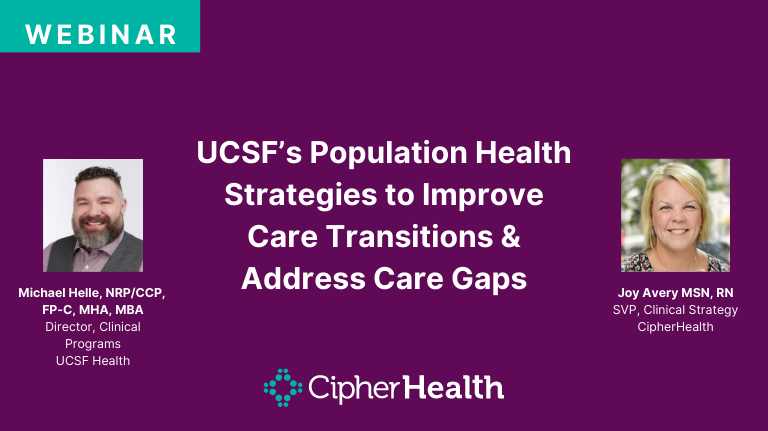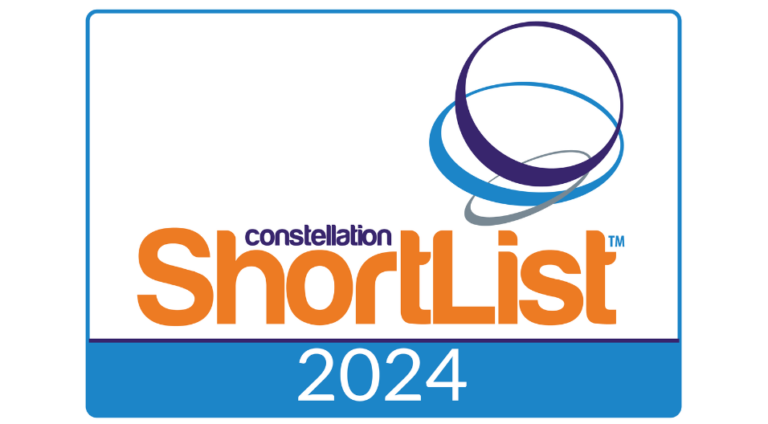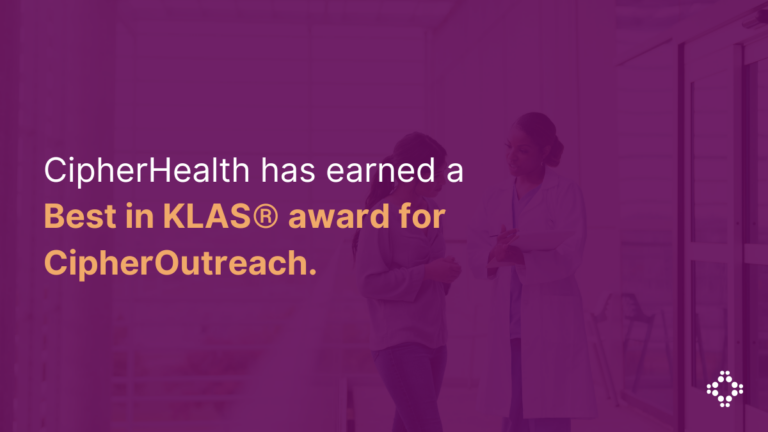Patients are increasingly acting like consumers, with buying power and the ability to shop around for where they obtain healthcare. They expect digital experiences similar to what they find in other industries, from retail to banking and everything in between. In fact, 71% of consumers expect companies to deliver personalized interactions. And 76% get frustrated when this doesn’t happen.
These changing consumer demands have made digital innovation and transformation an imperative for health systems, but the healthcare industry is historically slow to innovate. This is particularly true when pitted against Big Tech. Companies such as Amazon, Alphabet, Apple and Microsoft are having a growing impact on the healthcare space, bringing their sophisticated ability to harness data and deliver superior, personalized experience to their customers.
Why should health systems care? Big Tech companies are experts at exceptional customer experiences that can be leveraged to increase loyalty, improve health outcomes, increase access to care and reduce costs.
Personalization is King
The COVID-19 pandemic put a spotlight on the fragmentary, non-coordinated approach many health systems take to communicate with and engage with their patient population. Three years later, providers are still working to better serve their communities and offer the types of personalized experiences that patients are familiar with in almost every other aspect of their lives.
But the healthcare sector’s ability to offer digital convenience still lags behind those of big tech giants.
Big Tech companies are targeting niche sectors in the healthcare market, such as data management, telemedicine, wearables and health tracking. Alphabet is bringing their expertise in AI to drive an industry-wide push for predictive analytics, precision medicine and interoperability. Microsoft, Amazon and Google are racing to control the healthcare cloud market — US healthcare providers and facilities spent $17.9 billion on cloud-based technologies in 2022, a figure that is expected to jump to $29.15 billion in 2026.
In particular, Big Tech’s moves in data management are providing health systems with tech needed to address health data sharing gaps that lead to unsatisfying experiences for patients and redundant work for staff.
Patients expect their digital health care experiences to be tailored, much like the Starbucks app remembers their favorite drinks and preferences, and rewards them with perks based on their past activity. Similarly, patients want their histories and preferences to be recorded and to have each subsequent interaction informed by the previous ones.
Of course, healthcare preferences are more complex than those related to coffee beverages. But patients still experience the missed opportunities and lack of cohesion in their health record, often leaving them wondering: Why do I have to fill out the same paperwork every time? Why do I have to repeat my symptoms to every new practitioner I encounter? When I am served a meal in a hospital, why do I have to check to ensure my allergies were taken into consideration?
The truth is, many healthcare providers have the data they need to provide their patients with the personalized experience they’ve come to expect — but they just aren’t using it to their advantage yet. Vital information should be stored and shared across providers and across apps, platforms and systems where possible, so patients aren’t forced to repeat themselves over and over.
Elevate Engagement
If health systems want to succeed in today’s consumerized world, they will have to innovate quickly. This begins with doing away with a one-size-fits-all approach to patient engagement, and offering a personalized, digital experience that can rival big tech in healthcare.
There are now several ways for providers to communicate with patients, whether through phone messages, email, SMS or patient portals. Not every digital health medium works for every patient, and health systems should retain patient preferences and act upon them in subsequent interactions. Techniques to elevate engagement, even just tweaking outreach pathways, can get patients more involved and invested in their own care.
Importantly, post-discharge and post-visit outreach and follow-up should reduce friction, not increase it. For example, if a hospital is following up on a patient through an automated message, that message should include paths for patients to have their questions answered as well as personalized information to help them in their recovery.
Additionally, healthcare organizations should reflect on how they are connecting patient experiences across the entire care journey. Does the patient understand our COVID-19 precautions before their appointment? Do we know their pharmacy preferences? Is homecare an option as a measure against surge capacity? Does the patient have family members nearby who can act as caregivers in the event of homecare? Do patients have a socio-economic hardship that may inhibit their ability to access or receive the right care?
These are the kinds of personal, connected experiences that patients are not only accustomed to, but that will go a long way towards earning their loyalty and improving their health outcomes.
Providers cannot afford to be complacent. Like any big tech company, they would do well to put the patient/customer at the center of everything they do, using technology to create personalized, convenient and integrated experiences.
How CipherHealth Helps
As healthcare organizations continue to struggle with staff retention, health systems need smart automation tools that allow them to do more with less and deliver personalized care at scale. If not, patient health outcomes are impacted — staff shortages lead to errors, higher morbidity and mortality rates. And there are financial repercussions — fragmented patient experiences result in wasted resources and unnecessary healthcare expenditures.
CipherHealth’s suite of products helps providers collect patient data at all points of the care continuum, ensuring it is carried through to subsequent encounters. By seamlessly integrating with EMRs, providers have a more comprehensive and up-to-date view of patients’ health and wellness and can customize the care they deliver accordingly.
Ultimately, this allows health systems to create the personalization and elevated engagement to compete in the current market and not only meet, but exceed, consumer/patient expectations.











